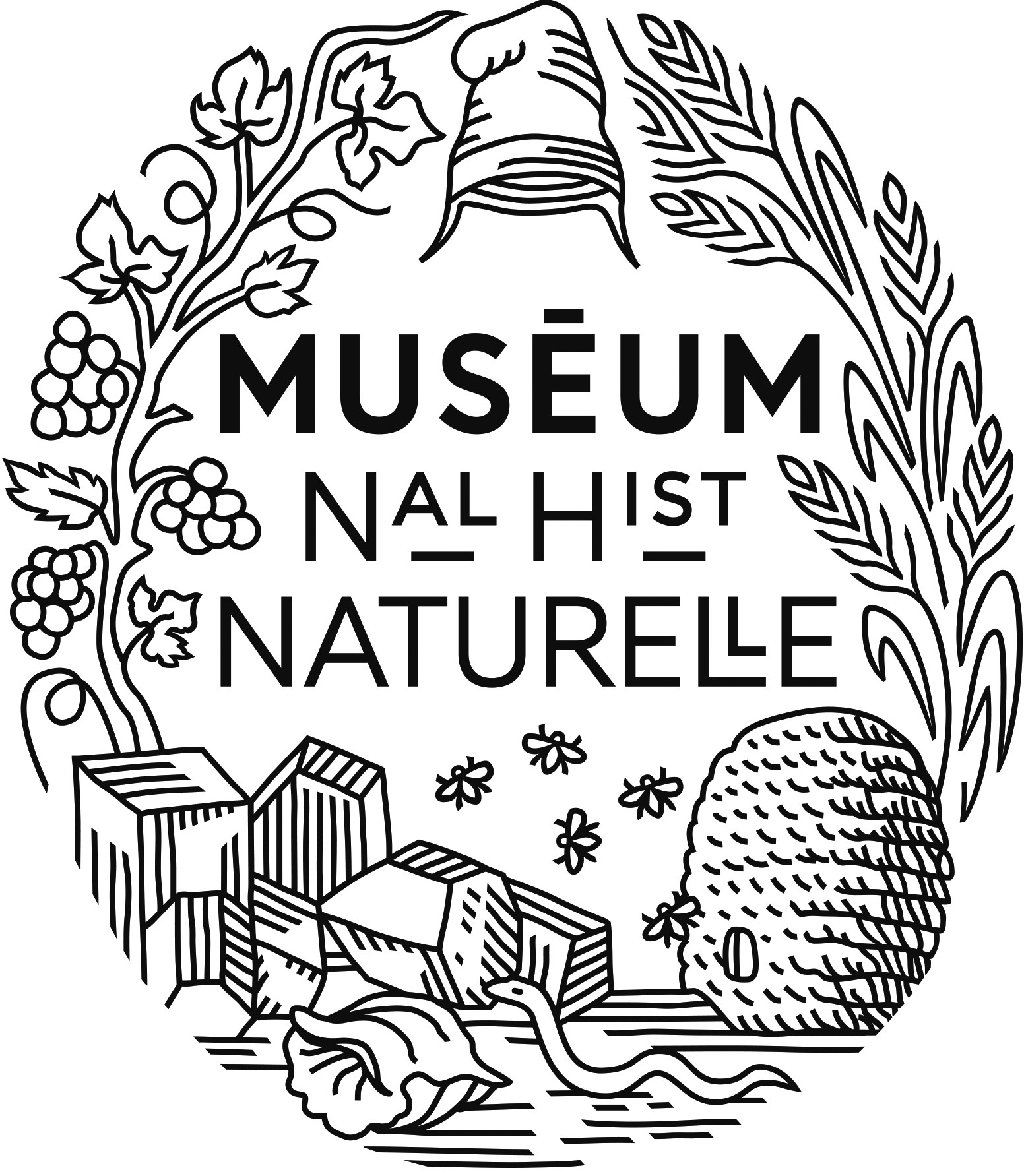Shape diversity of olive stones, resulting from domestication and diversification, unveils traits of the oldest known 6500-years-old table olives from Hishuley Carmel Site (Israel)
Résumé
The first exploited and domesticated olive forms are still unknown. The exceptionally well-preserved stones from the submerged Hishuley Carmel site (Israel), dating from the middle of the 7th millennium BP, offer us the opportunity to study the oldest table olives discovered so far. We apply a geometrical morphometric analysis in reference to a collection of modern stones from supposed wild populations and traditional varieties of various origins, genetic lineages and uses. Analyses carried out on modern material allow the characterization of the extent of stone morphological variation in the olive tree and the differentiation of distinct morphotypes. They also allow to discuss the status of supposed wild populations and the divergence between groups of varieties and their wild progenitors, interpreted from evolutionary and biogeographical perspectives. The shape of archaeological stones compared to the differentiation model unveils morphological traits of olives most likely belonging to both wild olive trees and domesticated forms, with some of them showing a notable domestication syndrome. These forms at the early stages of domestication, some of which are surprisingly morphologically close to modern varieties, were probably used for dual use (production of olive oil and table olives), and possibly contributed to the dispersion of the olive tree throughout the Mediterranean Basin and to its subsequent diversification.
Origine : Fichiers éditeurs autorisés sur une archive ouverte



